What to do with eight acres
| yarrow flower - completely unrelated, just a pretty photo |
Of course it is a very broad question, there are lots and lots of things you can do with eight acres, but I’m going to assume that you want to live there, feed your family and maybe make a little extra money. I make that assumption because that’s what I know about, if you want to do something else with your eight acres, you will need to look somewhere else.
If you haven’t chosen your land yet, here a few things to look for. Focus on the things you can’t change and try to choose the best property you can find in your price range. Look for clean water in dams, bores or wells, either on the property or at least on a neighbour’s (which means you are likely to have access to similar water). Contour – some amount of slope is useful for moving water by gravity, and for growing, particularly if you have some slopes facing the sun (north in the Southern Hemisphere, south in the Northern Hemisphere), but steep slopes will be more difficult to work with. Established trees, particular on the top of hills, are also desirable. Its much easier to remove trees if there are too many than to try to grow them if you start with too few. If you're hoping to sell a product, then make sure that you're reasonably close to a town or city that would be a suitable market for your product.
When you live in the city, eight acres probably sounds like a huge amount of land. It is a nice manageable size. Its big enough that you can keep a few animals and a garden, but small enough that you can walk from one end to the other in 10-15 minutes. You can stand in the middle and see both ends of your property. Don’t be fooled into thinking that you can keep too many animals though. Maybe when the grass is green and overgrown when you first arrive it will seem like there is endless feed, but if you have too many animals, the grass will soon be eaten and you will be stuck buying hay or begging your neighbours to use their paddocks.
When you have your block of land, this is where I think you should start if you’re completely new to living on “acerage” (as it is called in Queensland), it is just my opinion though, so do what is right for you and your family. First get your house organised. If you already have a house, or when its finished, then you can start working on the area around the house. If your block is overgrown at first, you need to just work on a small area at first, or you will be overwhelmed. Clear the area around the house and get that fenced and tidy before you start on the rest of the property.
Now you can start to figure out where to put your garden. Somewhere close to the house for convenience, a sunny sheltered spot is best, so start to observe where the sun is, how the water flows over your land and where the wind comes from. Before you start digging, make sure you’re going to have a source of water. You can use greywater, tank water, dam water, bore water, just make sure its going to be the right quality and quantity, and that you’re not going to run out of drinking water for yourself! Also consider the water needs of future livestock and plan for these.
Next you can start thinking about animals. Chickens are the easiest animals to start with. They are small and manageable, they produce eggs right from the start, and later you can kill them for meat. If you put them in movable pens they can start immediately to improve the fertility of your soil. We keep 20-30 chickens in four chicken tractors. The fertility improvement in our paddocks as a result of these chickens is quite obvious.
You might want to look at getting some larger animals too. You will probably never be entirely self-sufficient with large animals on a small property, especially not at first, and will have to buy in extra feed at some times of the year (you will learn to manage these times better as you get to know your land and your animals), but they will help you to clean up and add fertility to your land. Our strategy was to fence an acre or two, clear any poisonous weeds using a mattock and then let the cattle (2 steers at first) eat the rest. Then we could tidy up the dead wood and cut out the smaller trees. Its important to clear out the vegetation that the cattle don’t eat, otherwise it will thrive after the cattle remove everything else. You can use the same strategy with sheep or goats. The thing to remember is that the carrying capacity (the number of animals that your land can support) is not fixed, it can be improved if you manage your land. We now keep 1-2 steers and 2 dairy cows, with calves. This is more than we can really support on our land and we use about 5 acres of our neighbour's paddock as well. Each season we see the pasture improve through all the chicken and cattle manure going into the soil.
The worst thing you can do is to fill up your property with animals and let them eat everything to the ground, unless you plan to sell or eat them when they’ve run out of food. We often see small property full of horses, with barely anything to eat. You really need to have a system to rotate your animals through your property so that there is always grass for them to eat (or at least minimise the feed you have to buy). We have split our property into a front paddock, the house yard, and three back paddocks, each about 1-2 acres. We rotate the cattle through each paddock as they finish the grass. When they have eaten nearly everything in one paddock, they go to the next paddock. This gives the grass a chance to grow back, and the animals are moved away from their manure, which breaks the intestinal worm cycle. You’re going to need fences, either permanent or electric, to help you divide your property.
If you want to make some money from your property, there are a few things you can do. A good reference is Joel Salatin’s “You can farm” (affiliate link). He discusses how to chose your main product, secondary product, how to market and pit-falls to avoid. Eight acres is plenty of land for a market garden, if you have the soil and the water for it. You could also plant an orchard of trees that are suitable for your climate and grow them organically and sell the fruit or nuts. You can produce lots of eggs and poultry meat from chickens, turkeys, geese, ducks or other fowl (although you then need to either ignore or follow all the food-safety regulations for your area). Or you can sell live poultry and let the new owner figure it out. Depending what else you decide to use the land for, and how fertile your soil is at first, you can probably keep 4-6 goats, or 2-3 cattle and sell the meat or the progeny. These animals always need a “herd”, even if it’s a different species, they hate to be alone, so don’t use all your land for something else and think you can get just the one cow in the space that’s left!
The most important thing is to make all your enterprises work together, a good tool for this is permaculture design. A simple connection is: manure from the livestock feeds the garden, excess vegetables feed the livestock. Chickens follow the cattle to scratch through their manure for fly larva. Excess milk fed to pigs (I don't have any experience with pigs yet, so I haven't mentioned them, but they are another animal that you could keep). There are infinitely more complicated connections that you may be able to use to produce more from your property. If you keep working on improving the fertility by slashing your paddocks and spreading manure around, you will keep increasing your productivity.
What did I miss? What else can you do with eight acres (or so)? What do you do with your small farm? What would you like to do?
















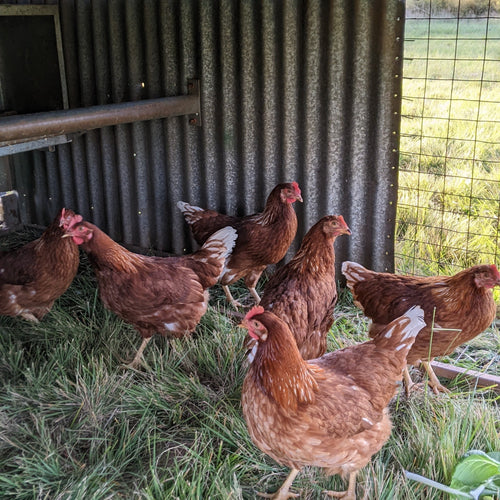

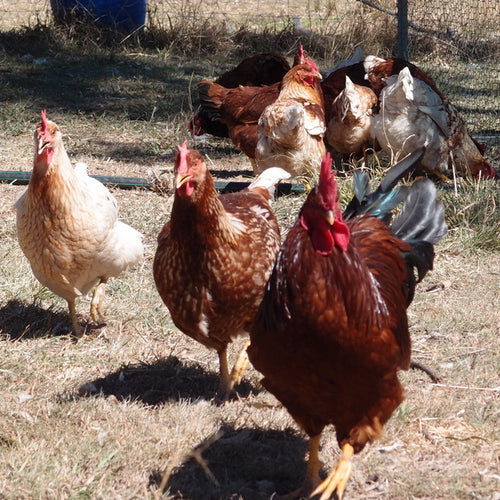
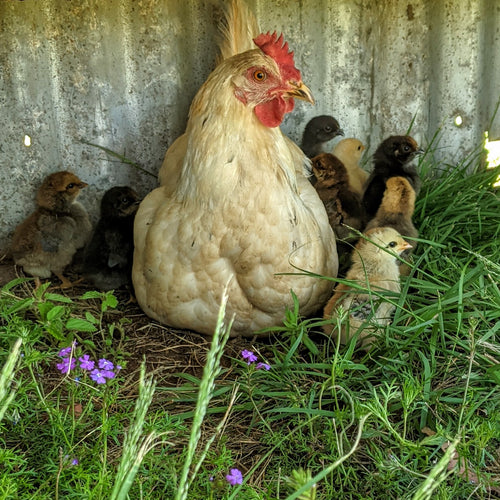
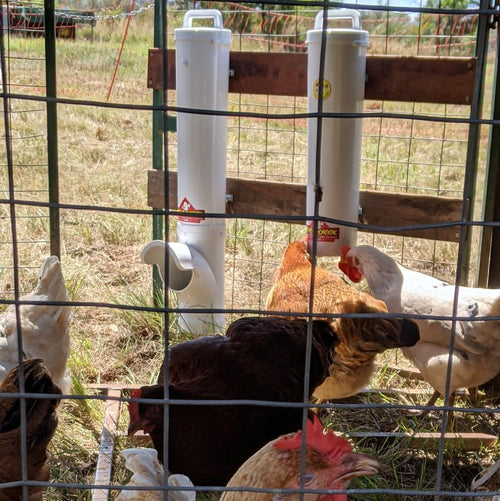

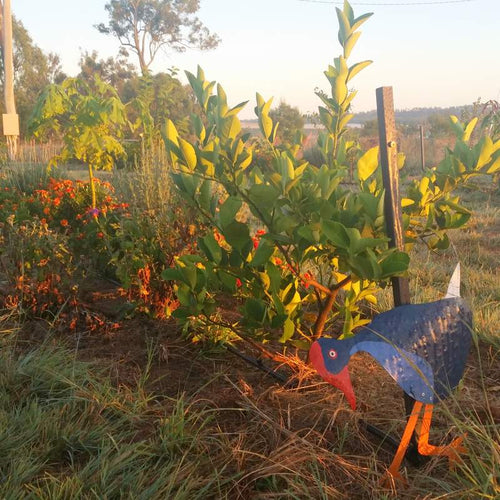




Leave a comment